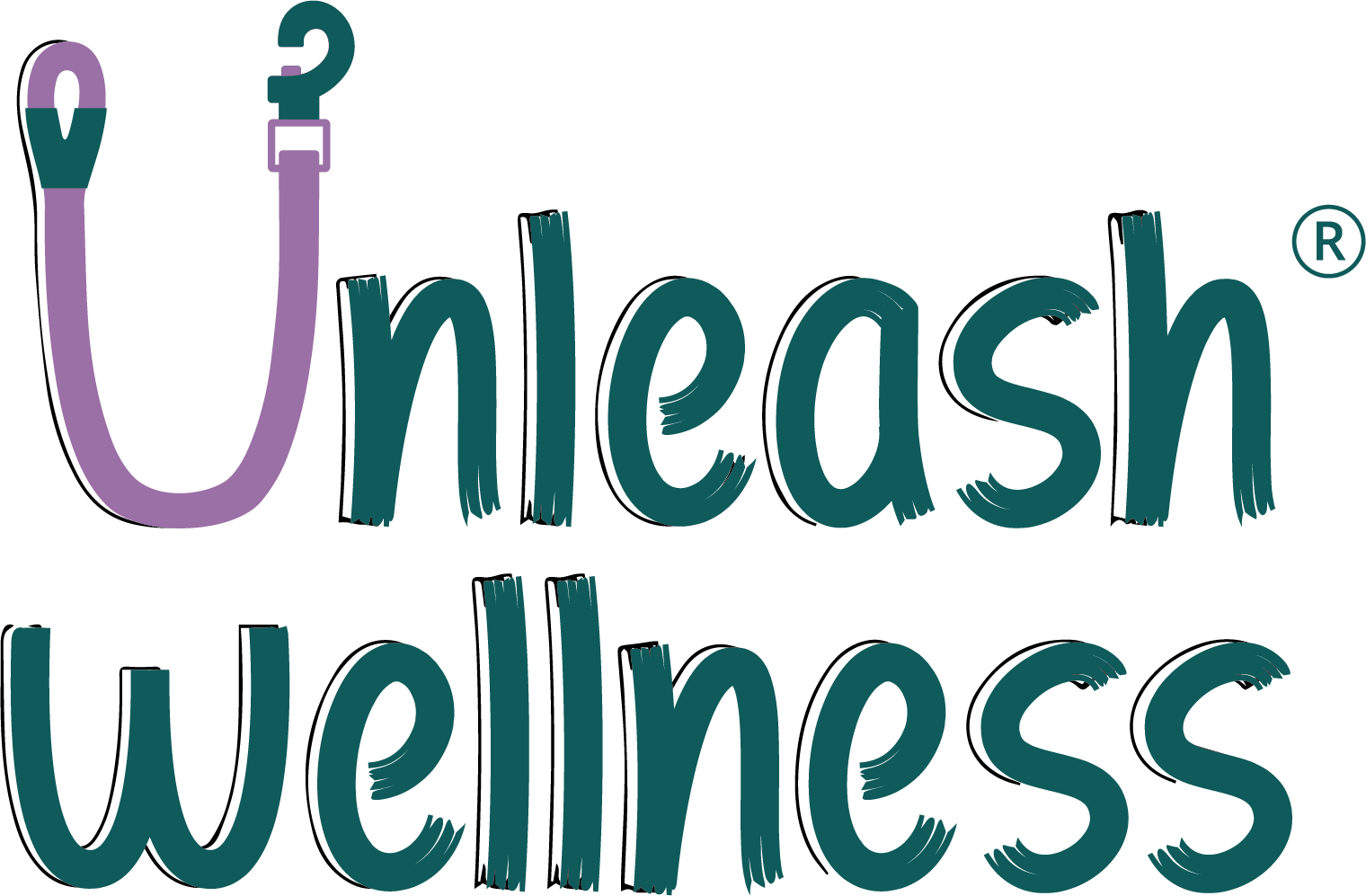Grooming your dog at home can be a rewarding experience for both you and your furry friend. Not only does it help in maintaining your dog's hygiene and appearance, but it also strengthens the bond between you. This comprehensive guide covers everything from brushing and bathing to nail trimming and ear care, tailored for both long-haired and short-haired breeds.
Understanding Your Dog's Coat Type
Before diving into grooming, it's crucial to understand your dog's coat type. Dogs can have a variety of coat types, including double coats, wiry coats, curly coats, and smooth coats. Each type requires specific grooming techniques and tools. For instance, a slicker brush works well for a double coat, while a rubber-bristled brush is better for a smooth coat.
Brushing: The Foundation of Dog Grooming
Regular brushing is essential, regardless of your dog's coat type. It helps remove dirt, dead hair, and prevents matting. For long-haired dogs, brushing is crucial to avoid tangles and skin irritation. Short-haired dogs benefit from brushing too, as it stimulates the skin and keeps the coat shiny.
- Long-Haired Dog: Use a metal comb or a long-toothed brush. Brush in the direction of hair growth, paying extra attention to areas prone to matting like the chest area and behind the ears.
- Short-Haired Dog: A grooming mitt or a short-bristled brush is ideal. Brush in circular motions to remove loose hair and stimulate the skin.
Bathing Your Dog: Techniques and Tips
Bathing your dog is a key part of the grooming routine. Use lukewarm water and a dog-specific shampoo. Be gentle around sensitive areas like the dog's eyes and ears.
- Pre-Bath: Brush your dog's coat to remove any tangles or mats.
- During Bath: Massage the shampoo into the coat, taking care to rinse thoroughly to avoid residue that can irritate the dog’s skin.
- Post-Bath: Dry your dog with a towel or a low-heat hairdryer, especially for long-haired breeds.
Nail Trimming: A Crucial Step for Comfort and Health
Trimming your dog's nails is vital for their comfort and health. Overgrown nails can cause pain and lead to walking difficulties.
- Tools: Use a sharp nail clipper or grinder designed for dogs.
- Technique: Trim the nails to just above the quick, the pinkish area inside the nail where blood vessels are present. For dogs with dark nails, be extra cautious and trim in small increments.
Ear Care: Preventing Infections and Discomfort
Ears are a common area for infections, especially in dogs with floppy ears. Regular cleaning prevents wax build-up and infections.
- Cleaning: Use a gentle, dog-specific ear cleaner. Apply it to a cotton ball and gently wipe the outer ear.
- Frequency: Clean your dog’s ears every few weeks, or more often if they swim or have a history of ear problems.
Dental Care: Ensuring Oral Health
Dental health is often overlooked in dog grooming. Regular teeth cleaning prevents bad breath, plaque, and dental diseases.
- Tools: Use a dog toothbrush and canine toothpaste.
- Technique: Gently brush your dog's teeth, focusing on the gum line. Dental treats and toys also help in maintaining oral hygiene.
Professional Grooming: When to Seek Expertise
While many grooming tasks can be done at home, certain situations call for professional help. If your dog has severe matting, skin issues, or behavioral problems during grooming, consult a professional groomer.
Conclusion: The Joy of DIY Dog Grooming
DIY dog grooming is more than just a chore; it's an act of love and care for your pet. With the right tools and techniques, you can ensure your dog looks and feels their best, strengthening the bond you share.
FAQs
Dog Grooming FAQsHow often should I groom my long-haired dog?
Long-haired dogs should be brushed several times a week to prevent matting and tangles, and bathed every 4-6 weeks.
Can I use human shampoo on my dog?
No, human shampoo can be harsh on a dog's skin. Always use a dog-specific shampoo.
How do I know if I'm trimming my dog's nails correctly?
Trim just above the quick, avoiding the pinkish area. If unsure, ask a vet or groomer for a demonstration.
How can I make my dog comfortable with grooming?
Start grooming routines when your dog is young. Use treats and gentle handling to create a positive experience.
Is it necessary to clean my dog's ears if they don't have floppy ears?
Yes, all dogs should have their ears checked and cleaned regularly to prevent wax buildup and infections.





